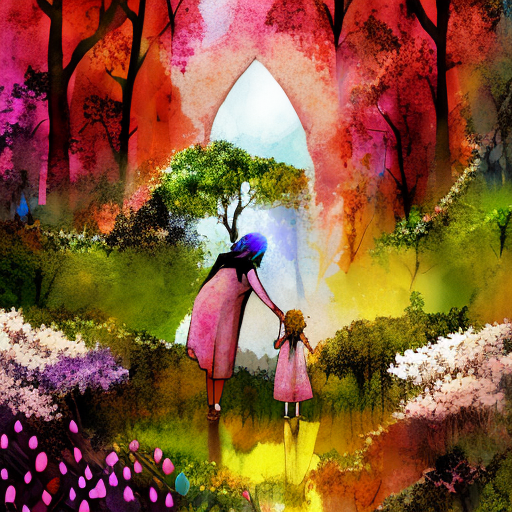The Summer Book: A Heartwarming Tale of Grandmother and Granddaughter Bonding on a Remote Island
The Summer Book, written by Tove Jansson, is a delightful and heartwarming novel that explores the special bond between a grandmother and her granddaughter during their summer adventures on a remote island in the Gulf of Finland. Through a series of vignettes, Jansson captures the essence of childhood, the beauty of nature, and the wisdom that can be found in simplicity. This enchanting tale reminds us of the importance of family, the joy of exploration, and the magic of the natural world.
Exploring the Island’s Wonders
The story revolves around Sophia, a young girl, and her grandmother, who spend their summers on a small, secluded island. The island becomes their playground, offering endless opportunities for exploration and discovery. From building sandcastles on the beach to exploring the forest and its inhabitants, Sophia and her grandmother immerse themselves in the wonders of nature. They encounter various animals, such as rabbits, birds, and even a snake, each encounter teaching them valuable lessons about respect for all living creatures.
Lessons in Life and Loss
As the story unfolds, Sophia and her grandmother navigate the complexities of life and grapple with the inevitable reality of loss. Through their conversations and shared experiences, they explore themes of mortality, grief, and the fleeting nature of time. Jansson’s poignant portrayal of these universal themes allows readers to reflect on their own lives and appreciate the beauty and fragility of the present moment.
A Celebration of Imagination and Creativity
The Summer Book celebrates the power of imagination and creativity. Sophia and her grandmother engage in imaginative play, creating their own stories and games. They build miniature houses, construct a makeshift tent, and even create a burial ground for lost objects. Jansson’s vivid descriptions transport readers into the world of the characters, encouraging them to embrace their own creativity and find joy in the simplest of activities.
Throughout the book, Jansson’s prose is lyrical and evocative, painting a vivid picture of the island and its inhabitants. Her attention to detail and keen observations of the natural world bring the story to life, making the reader feel as though they are right there with Sophia and her grandmother, experiencing the beauty and tranquility of the island.
Key takeaways from The Summer Book include:
- The importance of cherishing the present moment and finding joy in the simple pleasures of life.
- The power of imagination and creativity in fostering a sense of wonder and exploration.
- The significance of intergenerational relationships and the wisdom that can be passed down from older generations.
- The beauty and resilience of nature, and the importance of respecting and preserving the natural world.
As the book draws to a close, Jansson leaves readers with a memorable quote that encapsulates the essence of The Summer Book:
“The summer night was dark and warm, and everything was still. Suddenly there was a gentle whisper and the whole island was covered with wild strawberries.”
In this quote, Jansson captures the magic and beauty that can be found in unexpected moments. The wild strawberries symbolize the abundance of life and the fleeting nature of happiness. It serves as a reminder to appreciate the small wonders that surround us and to find joy in the simplest of things.
In conclusion, The Summer Book is a captivating novel that celebrates the bond between generations, the wonders of nature, and the power of imagination. Through Sophia and her grandmother’s adventures on the remote island, Tove Jansson reminds us of the importance of slowing down, embracing the beauty of the present moment, and finding joy in the simplest of pleasures.












